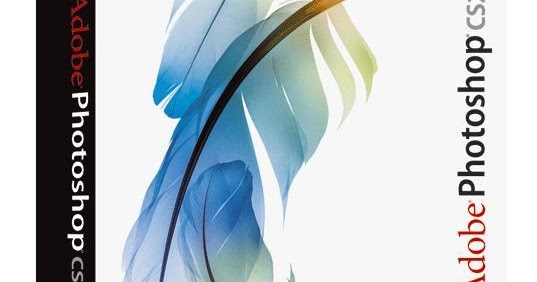
Like many other frameworks (e.g., Qt, wxWidgets, GTK, etc.), JUCE contains classes providing a range of functions that cover user-interface elements, graphics, audio, XML and JSON parsing, networking, cryptography, multi-threading, an integrated interpreter that mimics ECMAScript's syntax, and various other commonly used features. Microsoft Visual Studio - Visual C++ 2015 and later.JUCE is officially confirmed to work properly with the following compilers.

JUCE is supported on the following platforms. Raw Material Software gives the following list of platforms and compilers on which support is officially confirmed others may work, but have not been officially tested.

JUCE is intended to be usable in exactly the same way on multiple platforms and compilers. In April 2020 it was announced that JUCE had been sold by ROLI to the audio technology company PACE. JUCE and Raw Material Software were acquired in November 2014 by London-based hardware manufacturer ROLI for an undisclosed amount. It is covered by a dual GPL/commercial license. It was first released to the public in 2004. Juce resulted from a split-out of the underlying C++ code that was developed by Julian Storer to create Tracktion's (now Waveform) DAW graphic and audio capabilities.


 0 kommentar(er)
0 kommentar(er)
